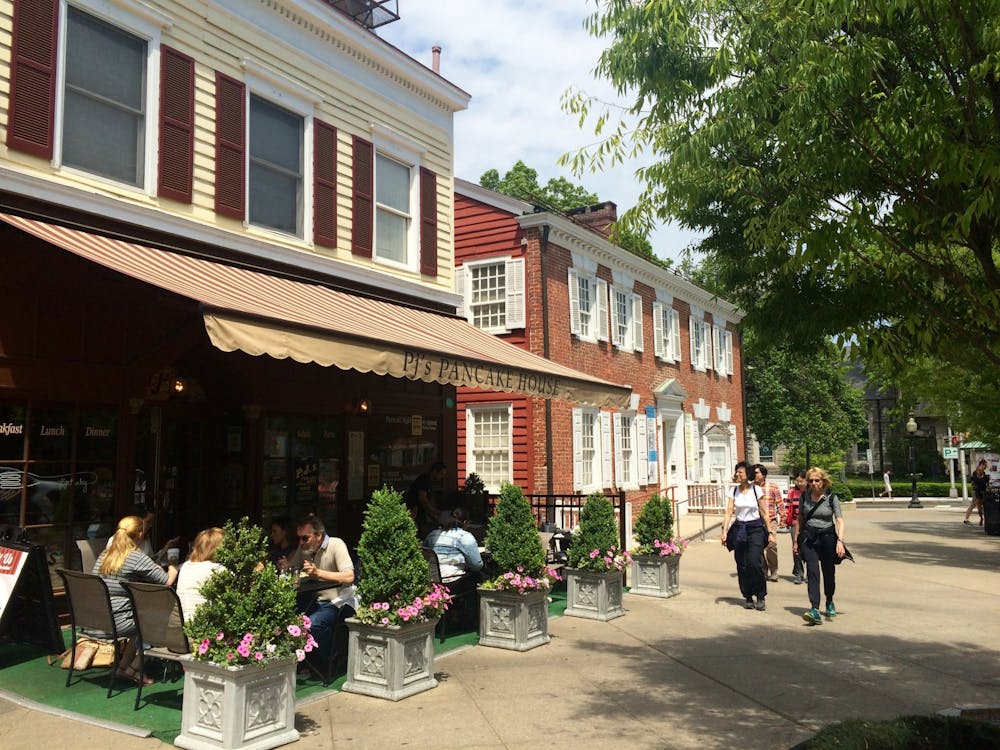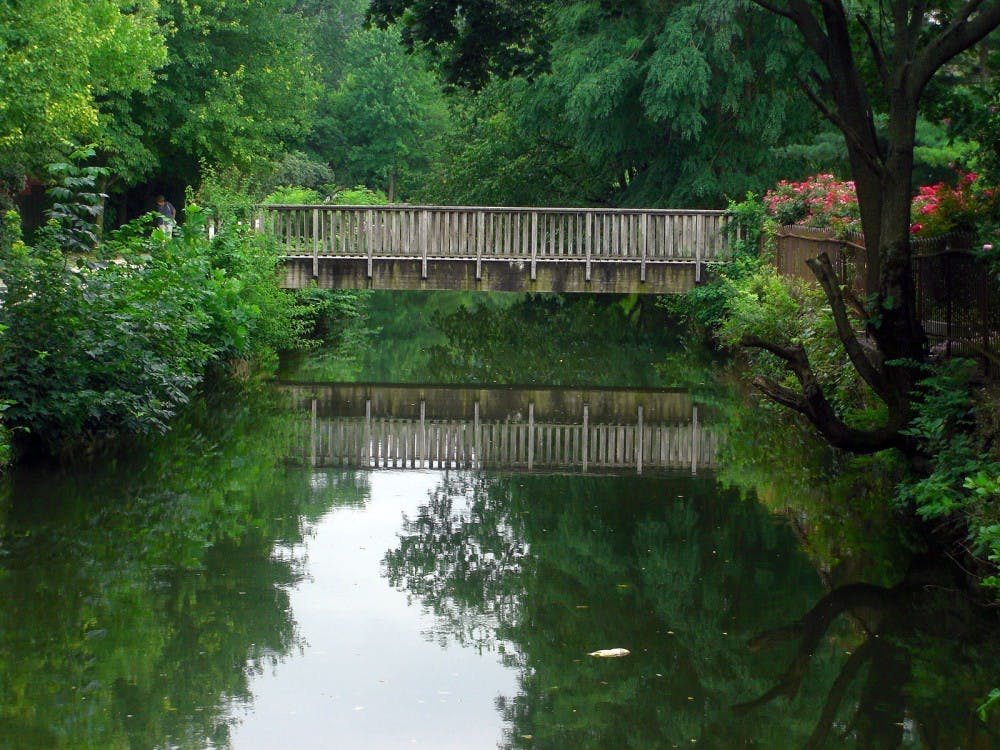The Princeton Art Museum is hosting several exhibitions this spring which demonstrate a full range of visual creation. Two to note are "The Princeton Tapestry" and "Modern Drawings in the American Tradition." The exhibits are far from similar, yet they are located in facing galleries, just up the stairs upon entering the museum.
"The Princeton Tapestry" is a display of a tapestry designed by Karel van Mander of Flanders during the late 16th century. The tapestry was given to the museum in 1954 by Hugh Trumbell Adams '35, but its importance to the art and literary world have only recently been discovered.
In 1995, two scholars realized the relationship between the tapestry and a 16th century French translation of the Spanish epic Amadis de Gaula. Their researched revealed Karl van Mander not only as a painter, but as a printer and important literary figure.
"The Princeton Tapestry" is one of a series that is based on the adventures of the gallant knight, Amadis, proving himself brave in battle and faithful in love. The exhibit illustrates the scene after the marriage of Amadis and his object of affection, Oriana. The two must overcome obstacles and prove their fidelity before entering the Forbidden Bedroom in the enchanted garden of Apolidon, Emperor of Constantinople.
The tapestry is a wonderful example of both art and production. The detail is mesmerizing, and the colors are still vibrant after 400 years. The exhibition coincides with an exhibition at the Metropolitan Museum of Fine Arts in New York this spring which includes two other tapestries from the series and the drawing on which the Princeton tapestry was based.
From Homer to Oldenberg
Across the gallery, another exhibit examines art on the other side of the Atlantic Ocean. "Modern Drawings in the American Tradition," surveys a variety of American work from 1862 through 1962.
The works are chronologically arranged starting with works from the aftermath of the Civil War by Winslow Homer and others, who created designs for newspapers and magazines.
Later in the 19th century, some American artists traveled abroad to study European art, such as John LaFarge and John Singer Sargent. Others stayed in America, expanding the field and establishing methods of teaching under the influence of Thomas Eakins and others.

At the beginning of the 20th century, bolder brushstrokes and brighter colors resulted from the teachings such as those of the Ash Can School, influenced by Robert Henri. Soon, American artists such as Georgia O'Keeffe began to feel the influence of Henri Matisse and cubism from Europe. American artists were divided into those who embraced European technique and those who did not.
After World War II, artists such as Jackson Pollock and Willem DeKooning were among the first to combine mythology and European surrealism to form the first accepted pure American style — Abstract Expressionism. In the 1960s, pop art began to emerge with the works of Jasper Johns and Claes Oldenberg who portrayed humorous subjects in new aspects.
Though the exhibit is fairly small, and works from each artist are limited, the exhibition allows the viewer to realize the progression and influences on American art. The exhibit goes along with "Modern American Drawings," a course in the Department of Art and Archeology taught by Professor John Wilmerding.








